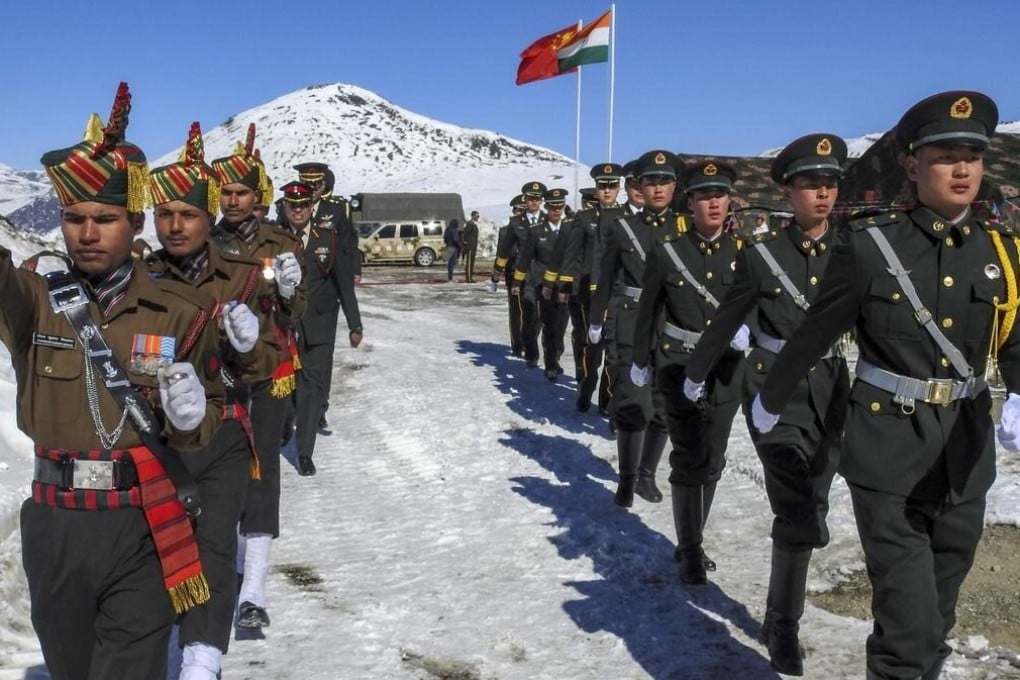Explainer | Why India-China border dispute will continue to be shaped by mutual distrust
- Beijing and New Delhi seem to be inching towards a peaceful resolution to their latest standoff, which began in May
- But questions remain over how the latest flare-up happened, and what role the United States will play

What was the outcome of last weekend’s talks?
After a video conference last Friday, top generals from both sides met on Saturday in Chushul-Moldo, in the eastern part of Ladakh, along the LAC.
India’s Ministry of External Affairs said the four-hour discussion was cordial and positive, while Hua from China’s ministry of foreign affairs said the countries had agreed to “not turn differences into disputes”, and called the border situation stable and under control.
By Tuesday, the Indian establishment indicated through leaks to media that the situation along the LAC had improved, and the two countries had agreed to withdraw troops. These reports also indicated that they had agreed to continue engaging at the level of local military officials to resolve the dispute.
However, Indian officials have not formally confirmed these statements, and Chinese officials have remained silent.